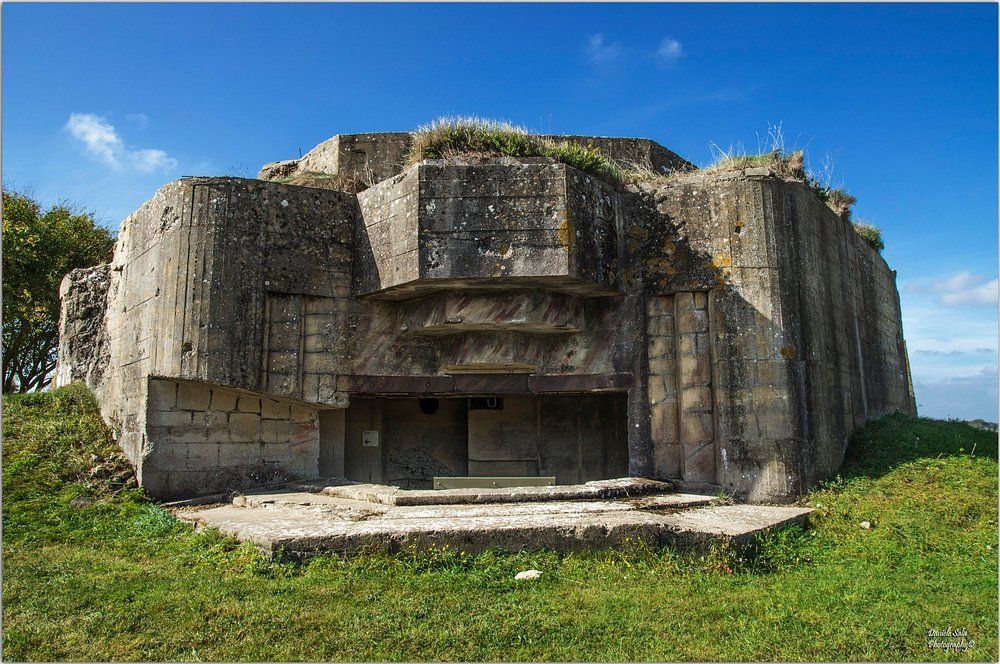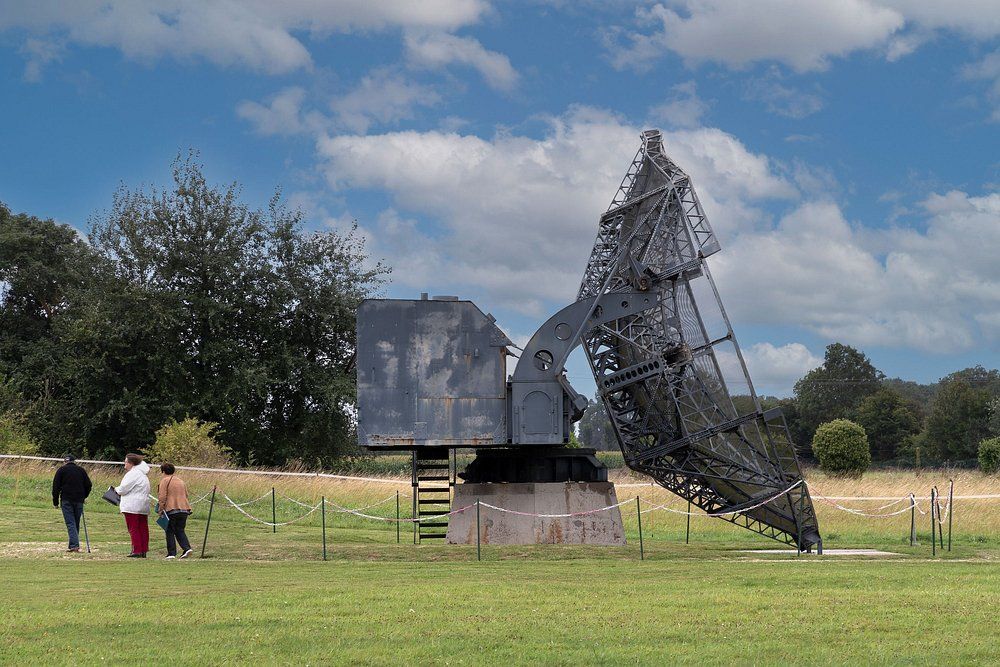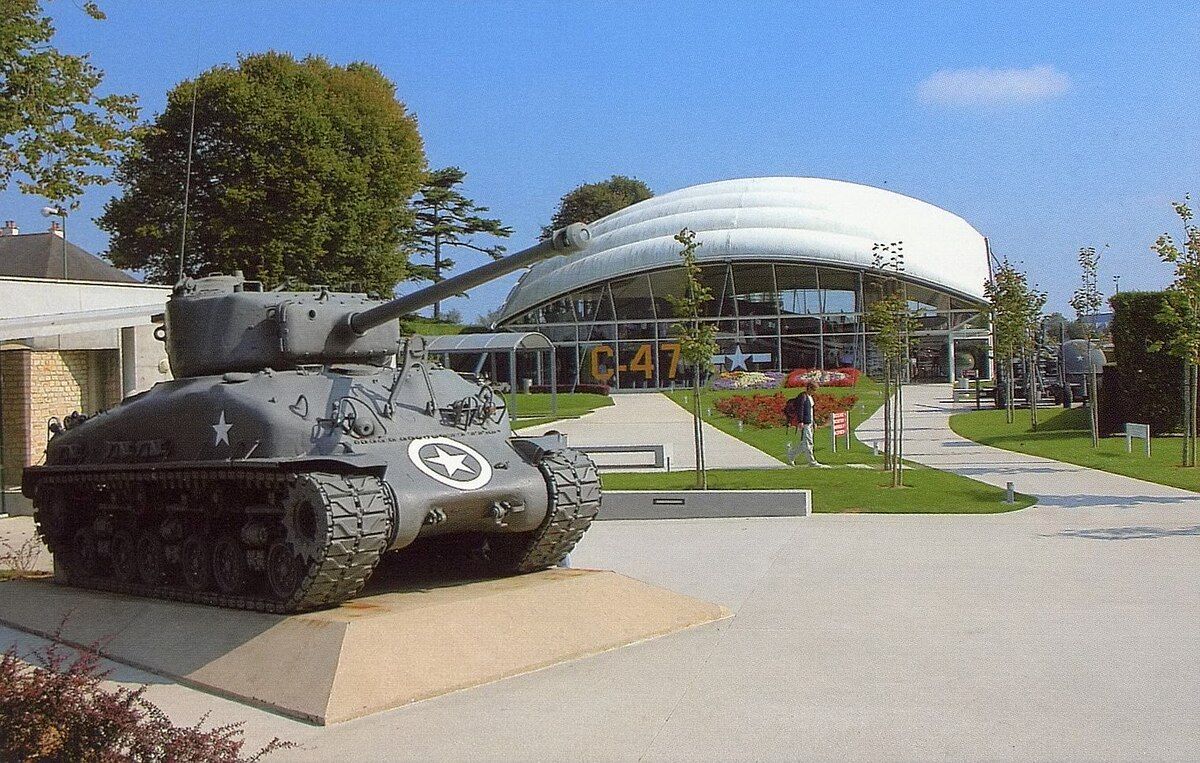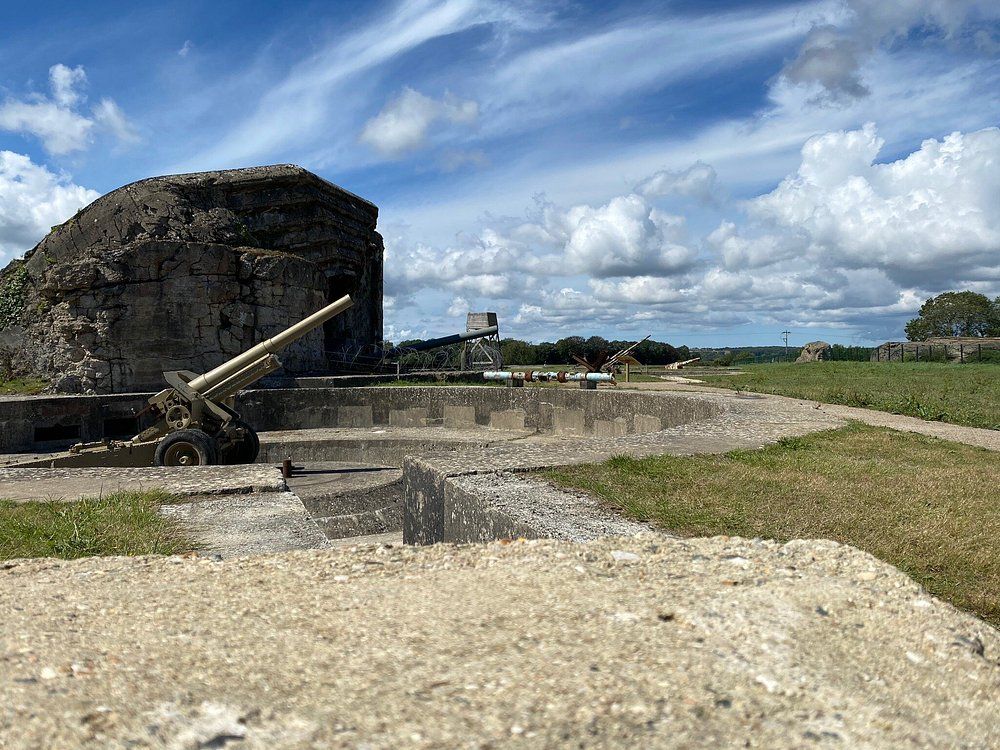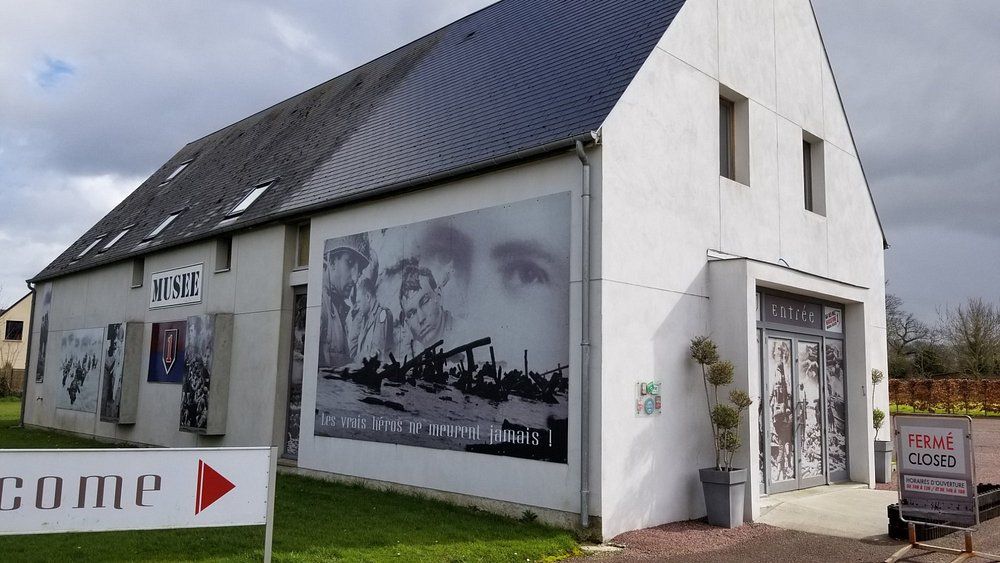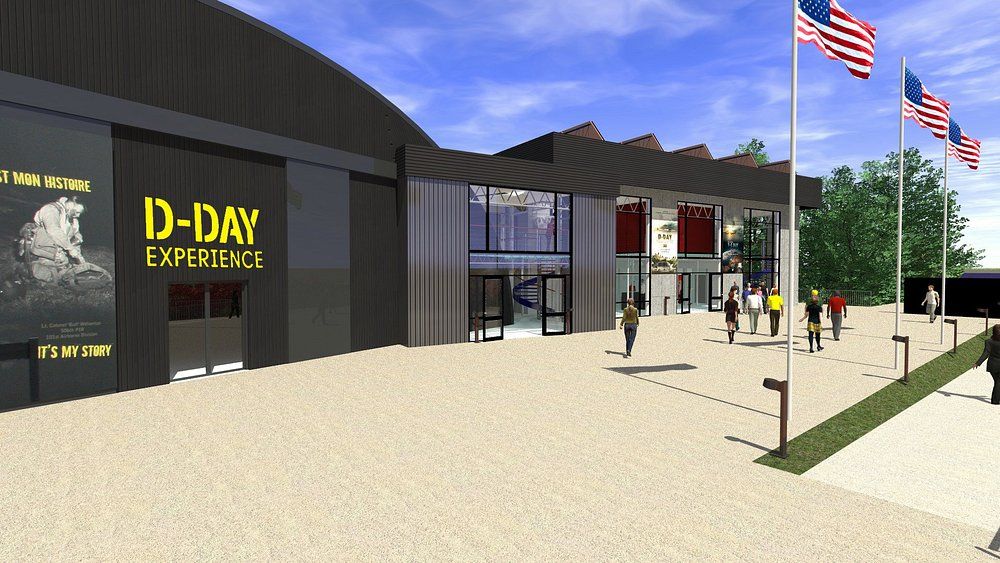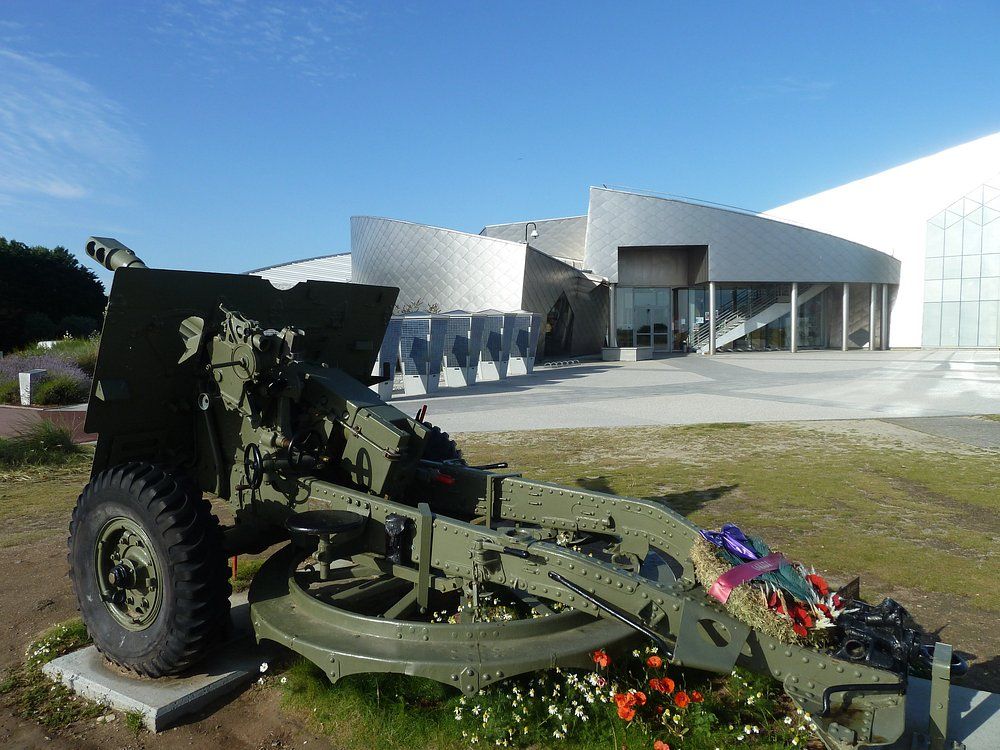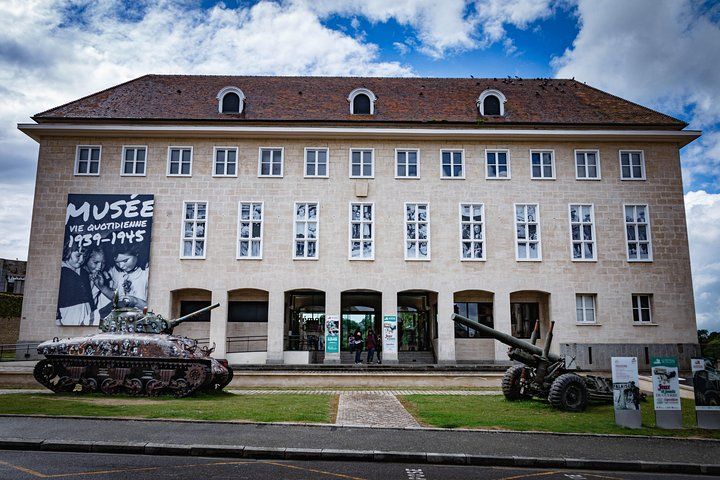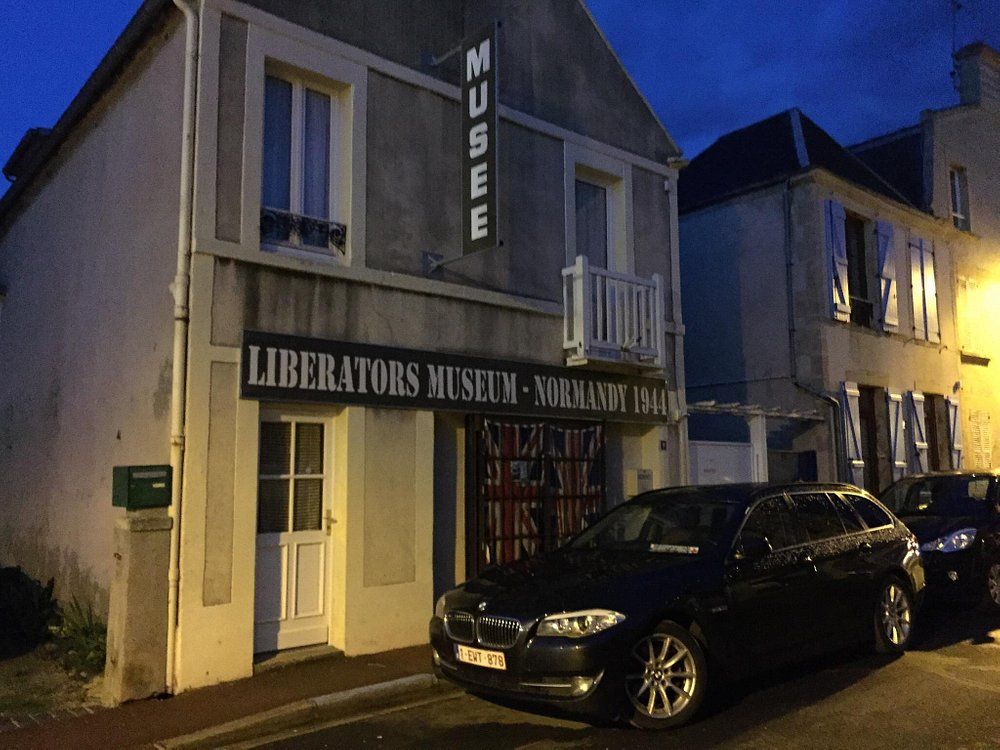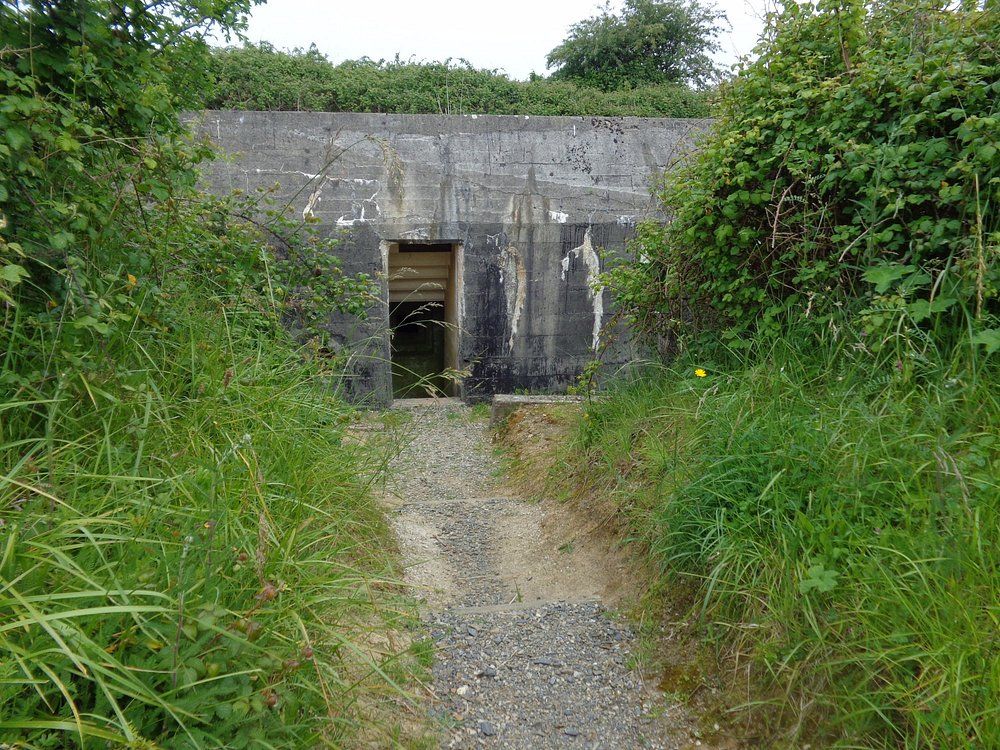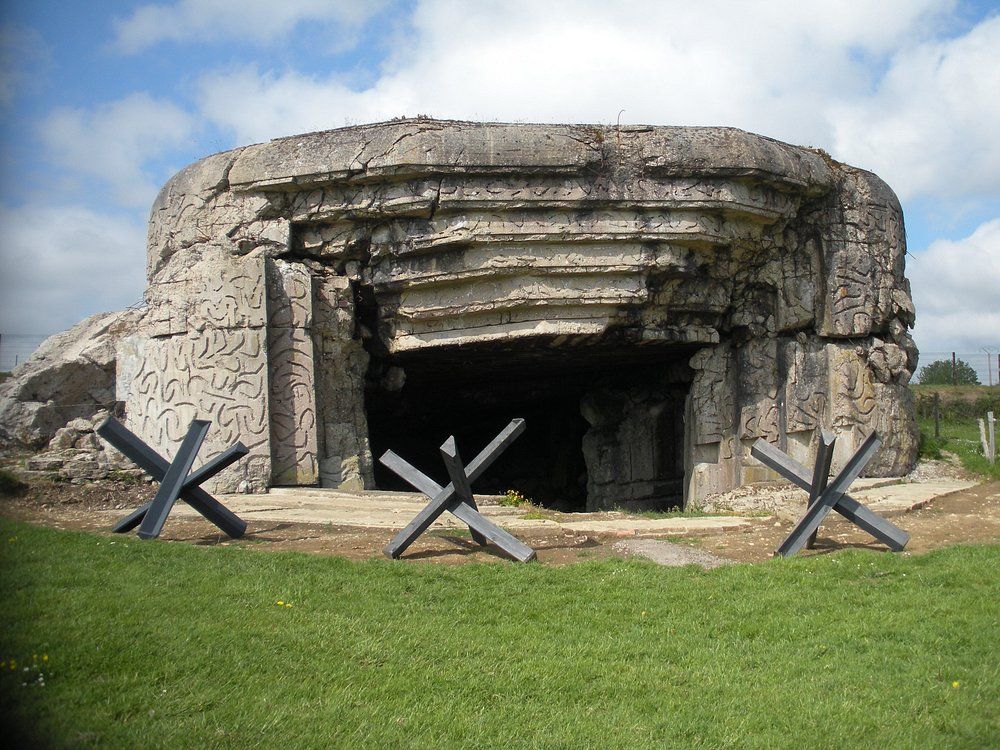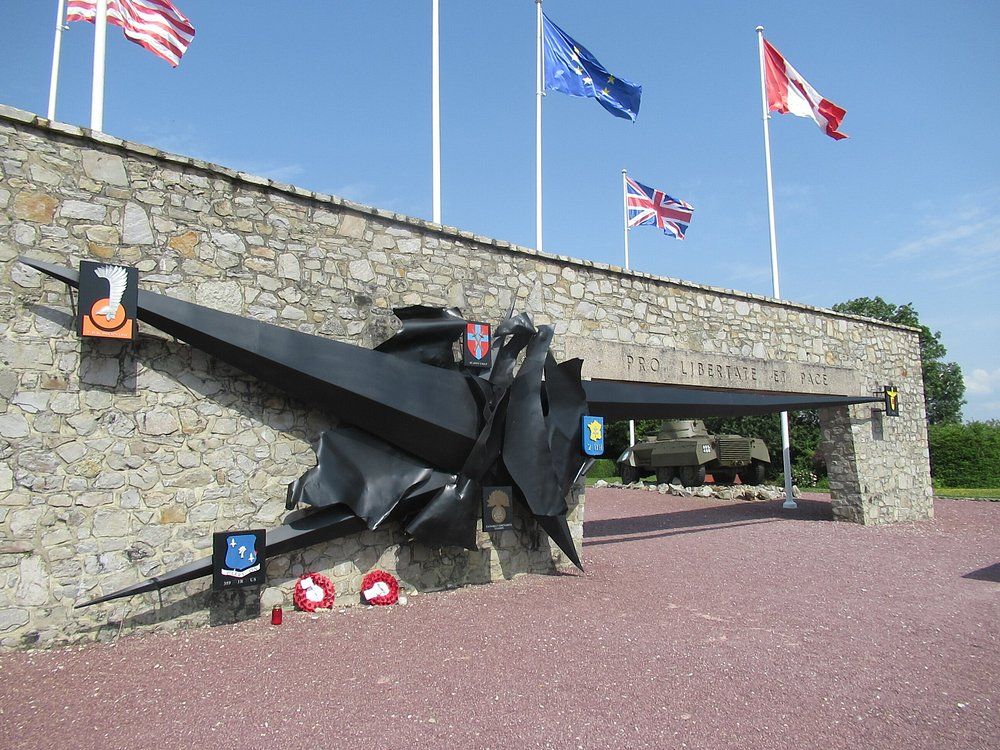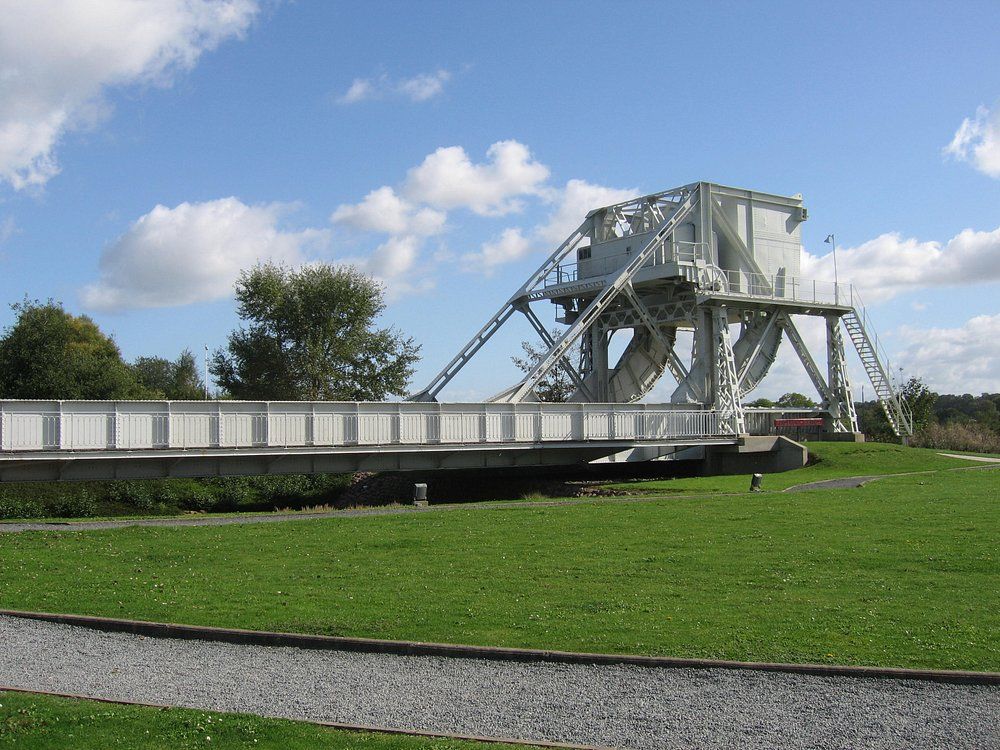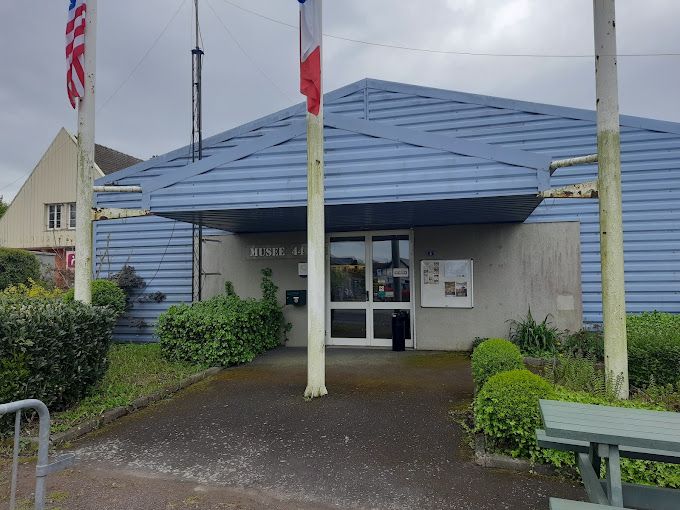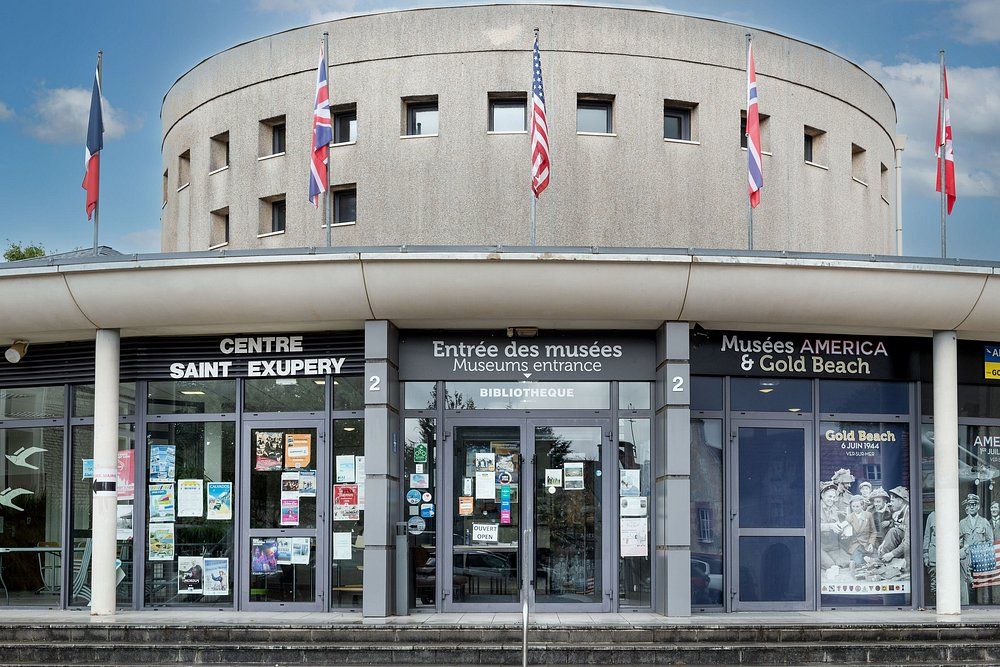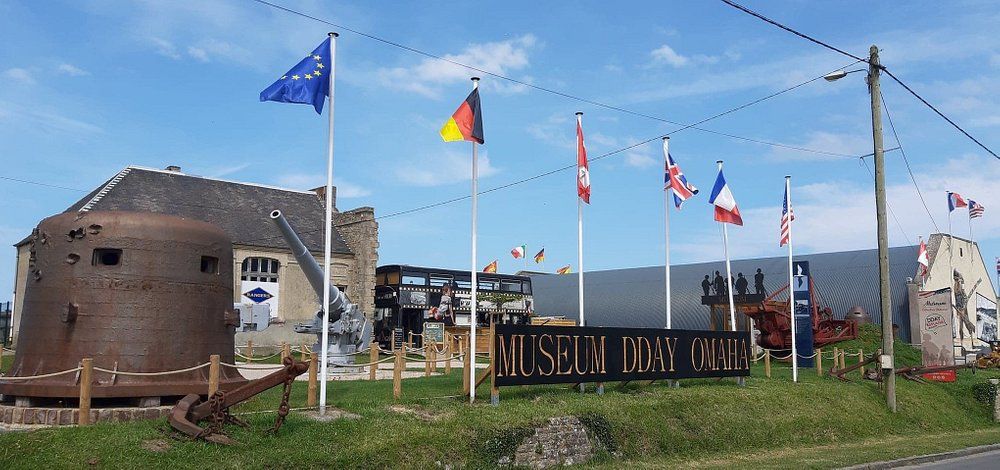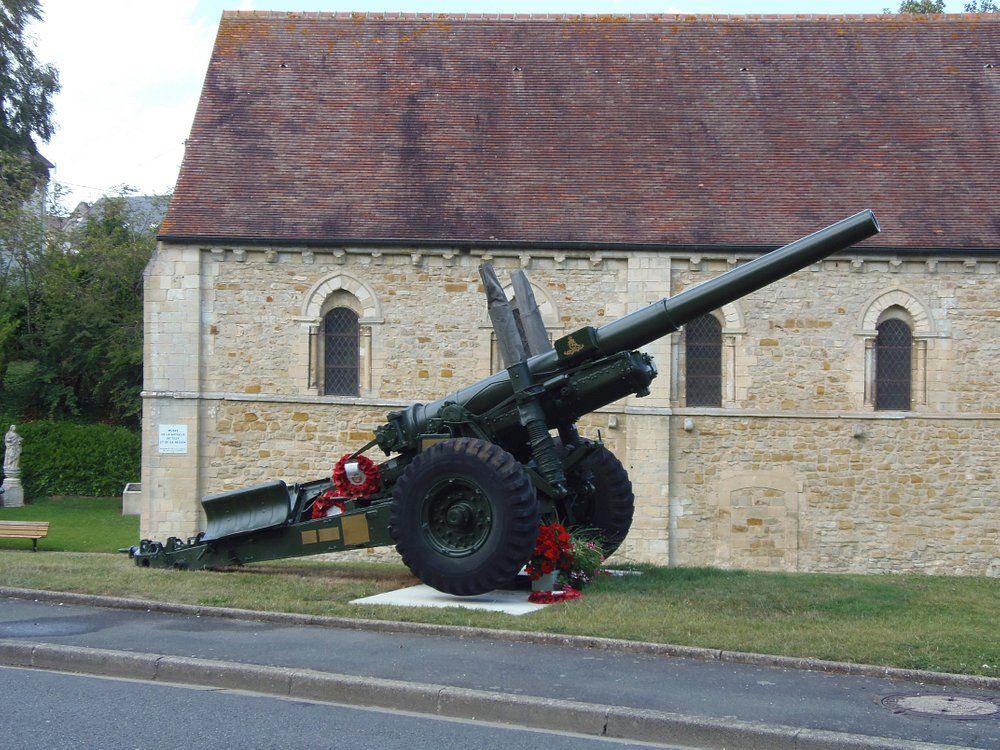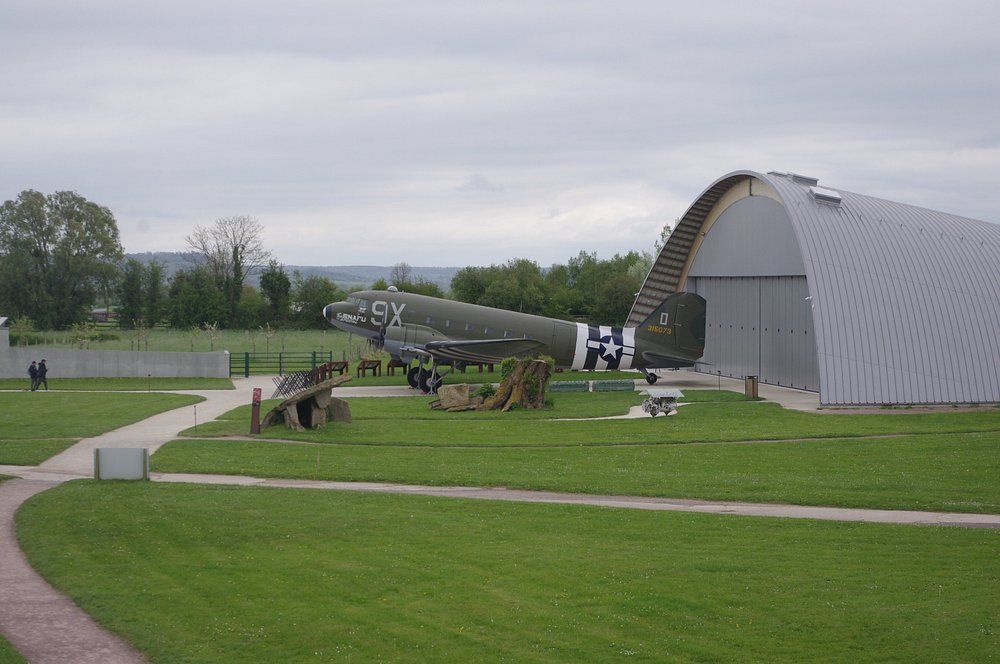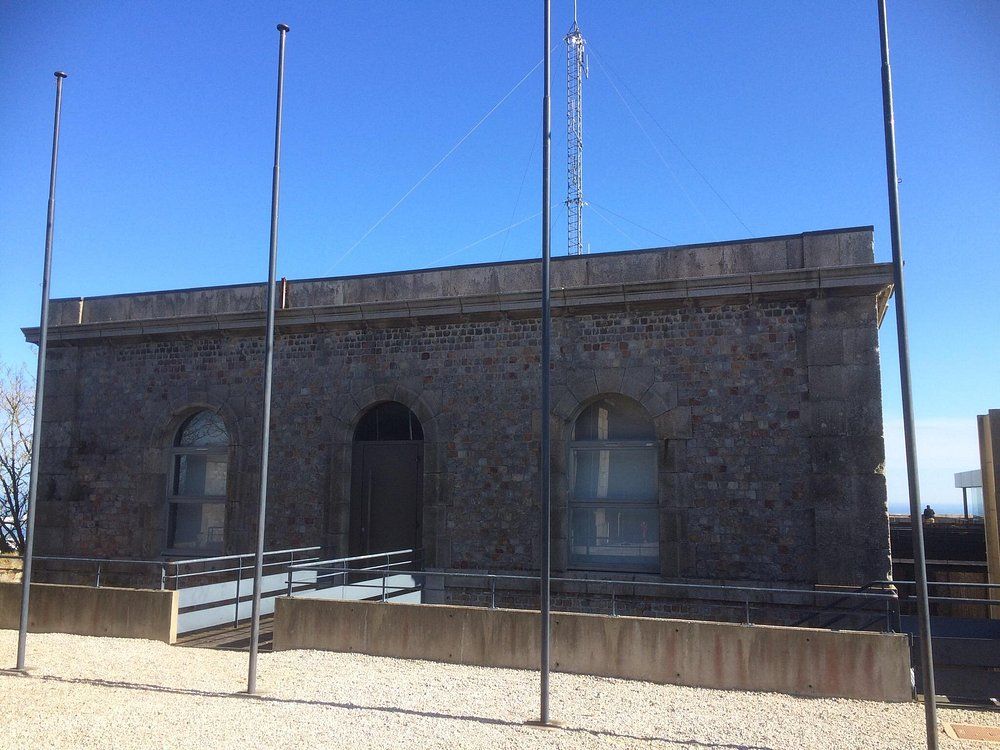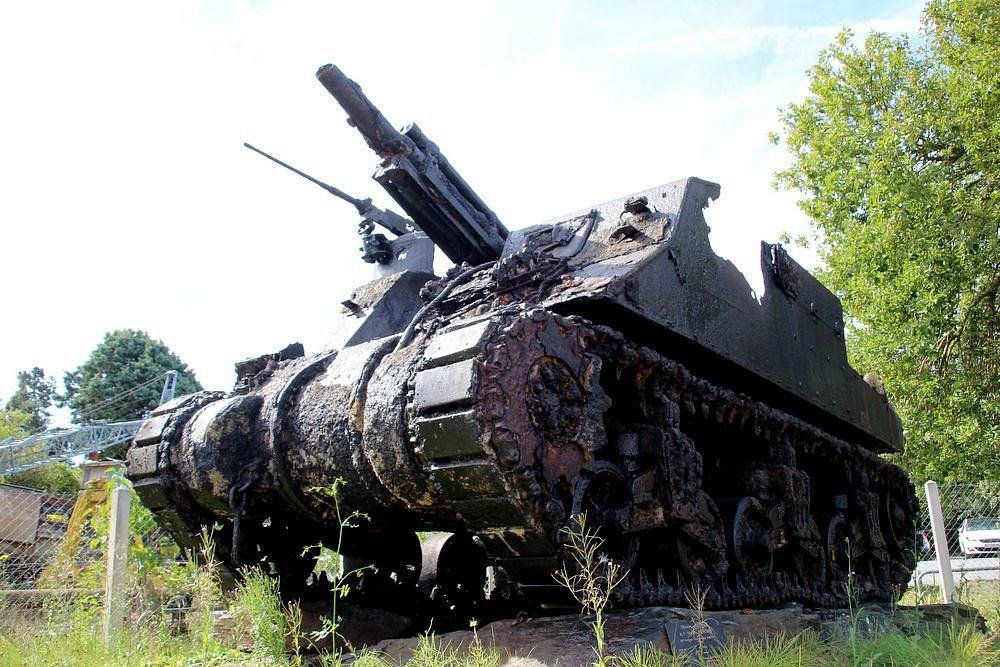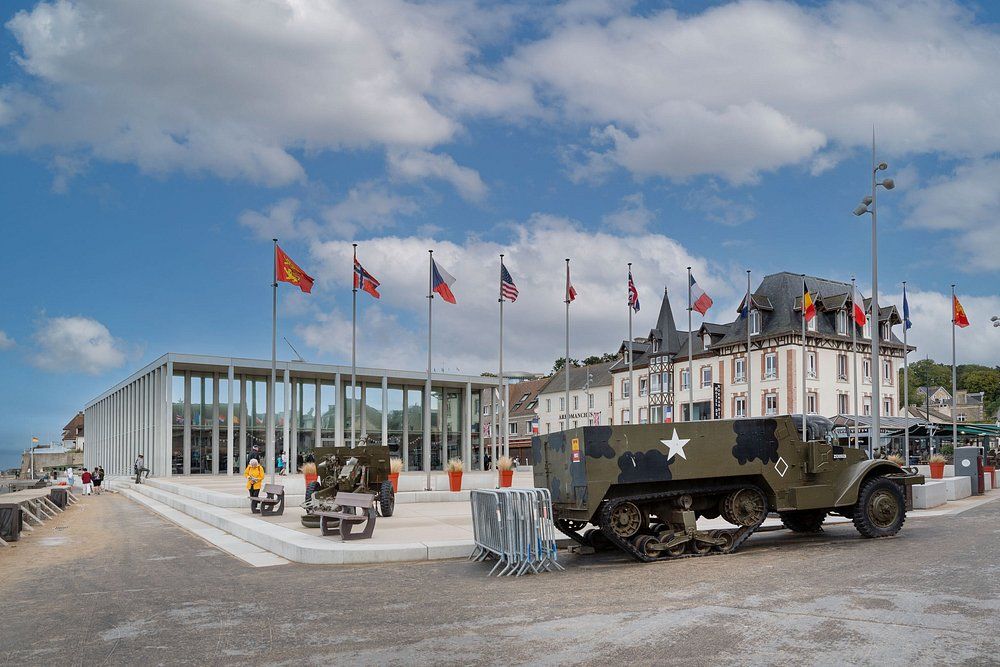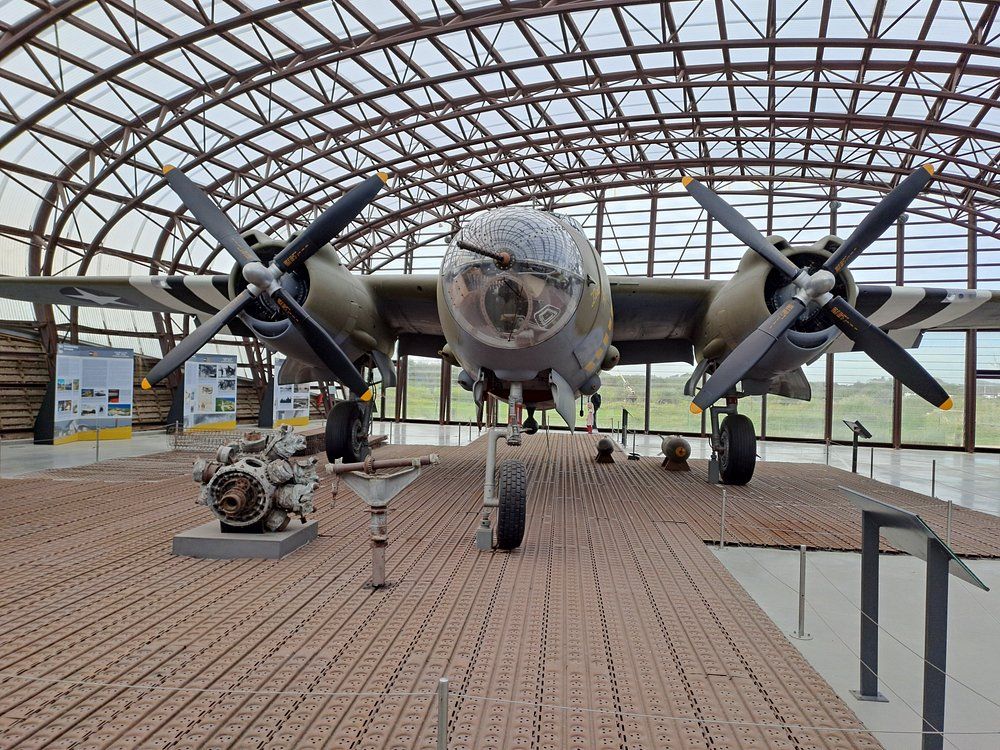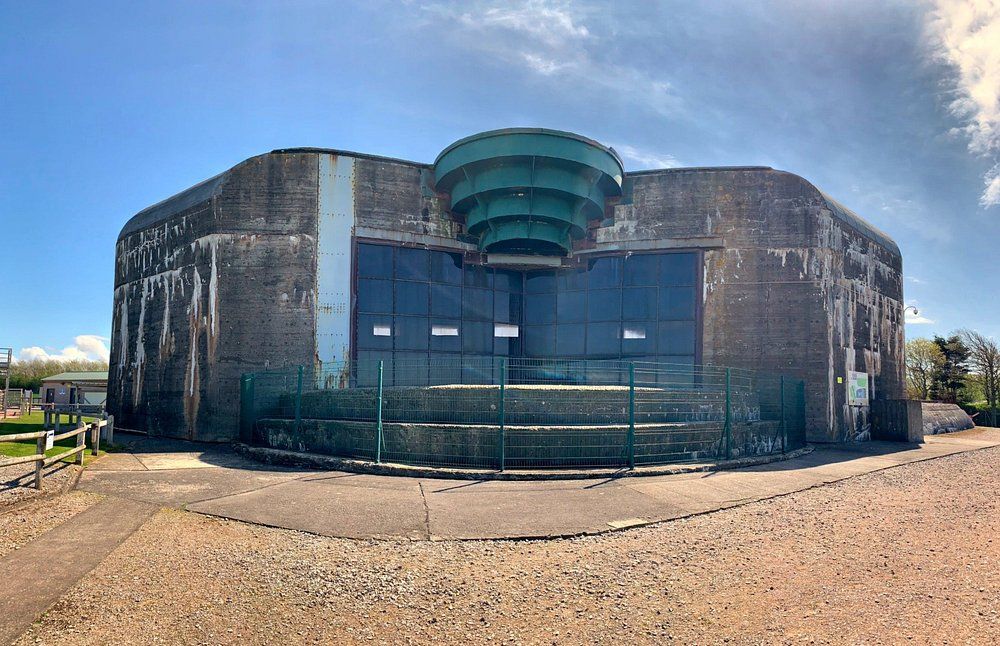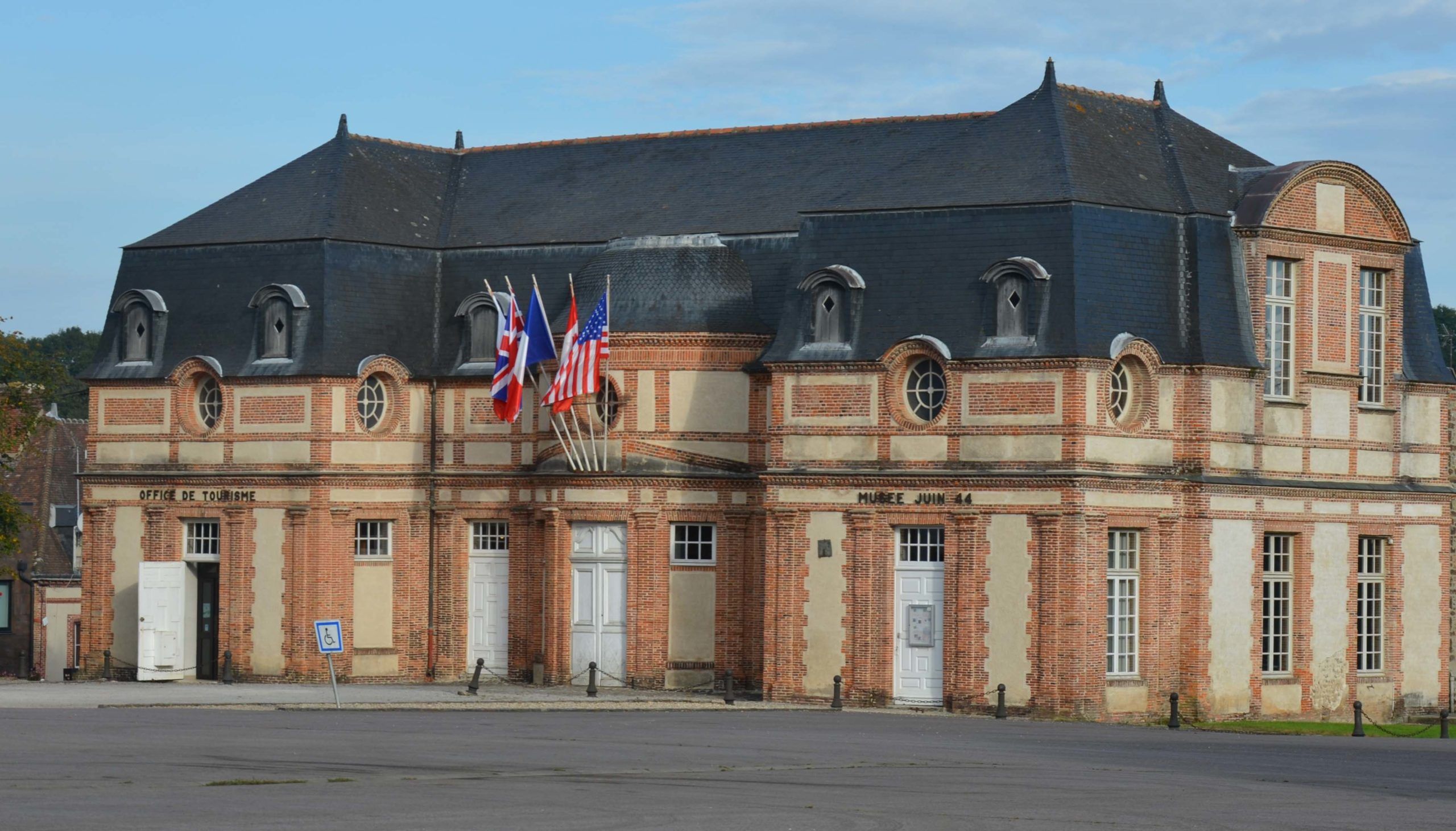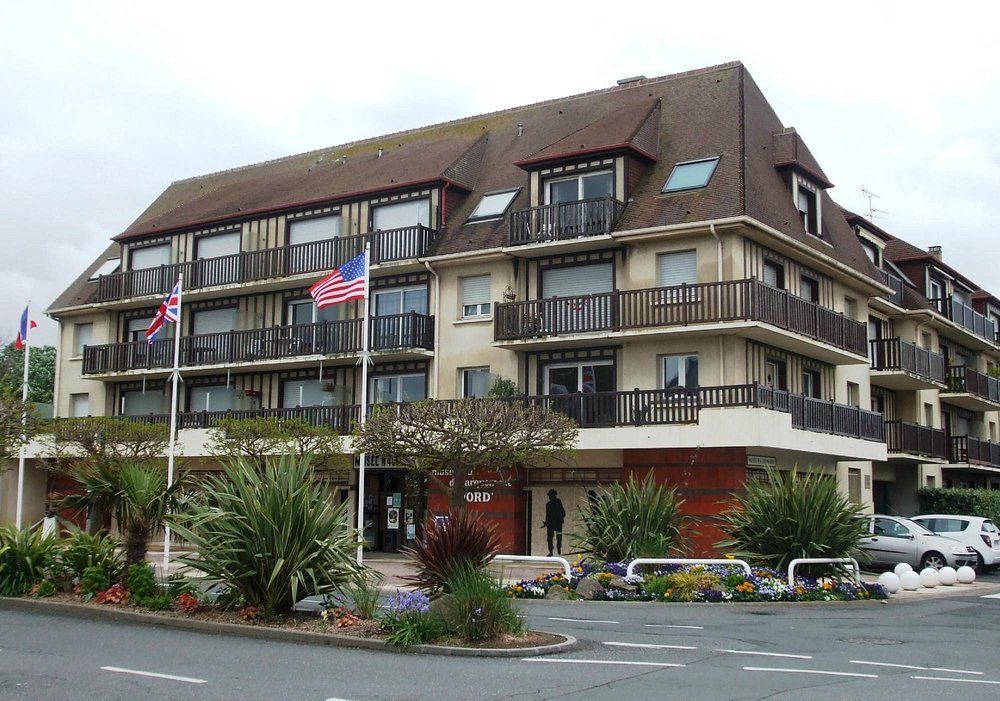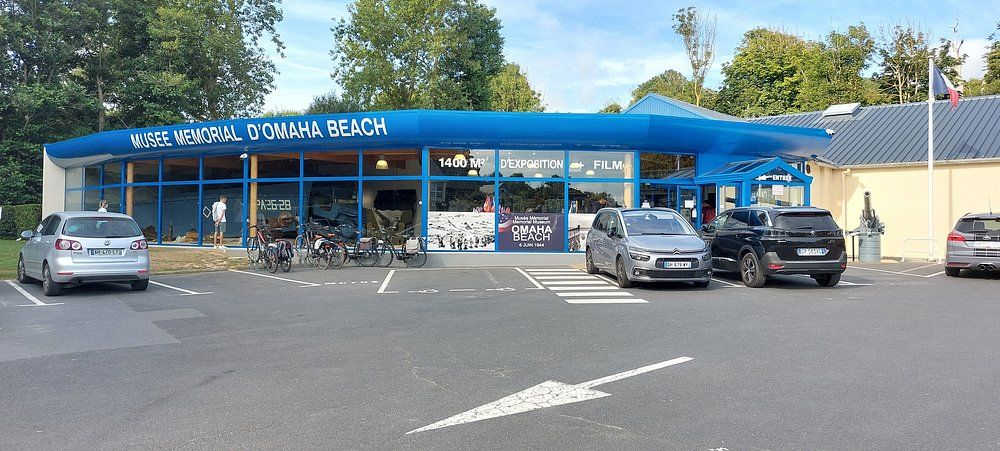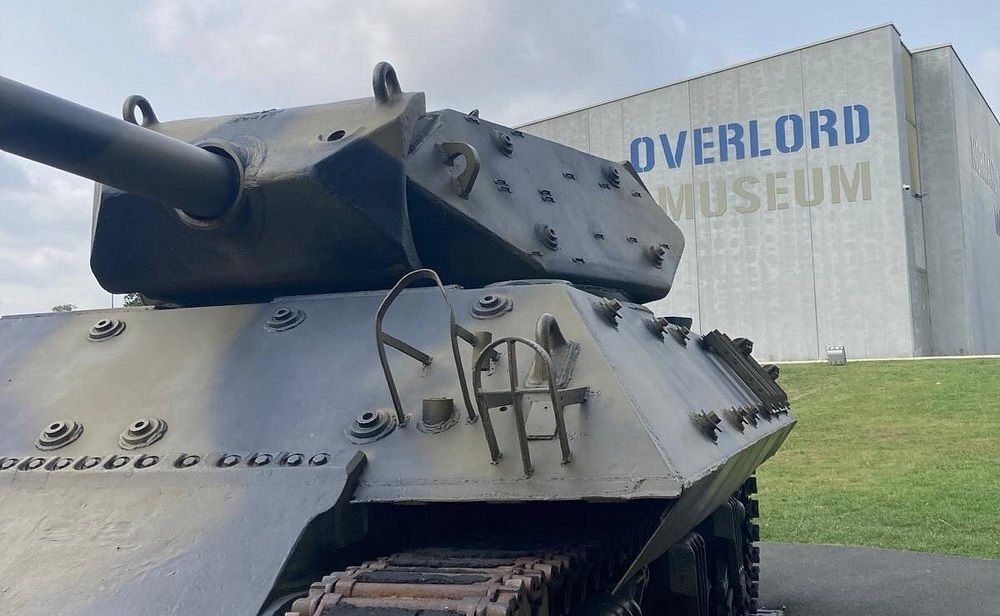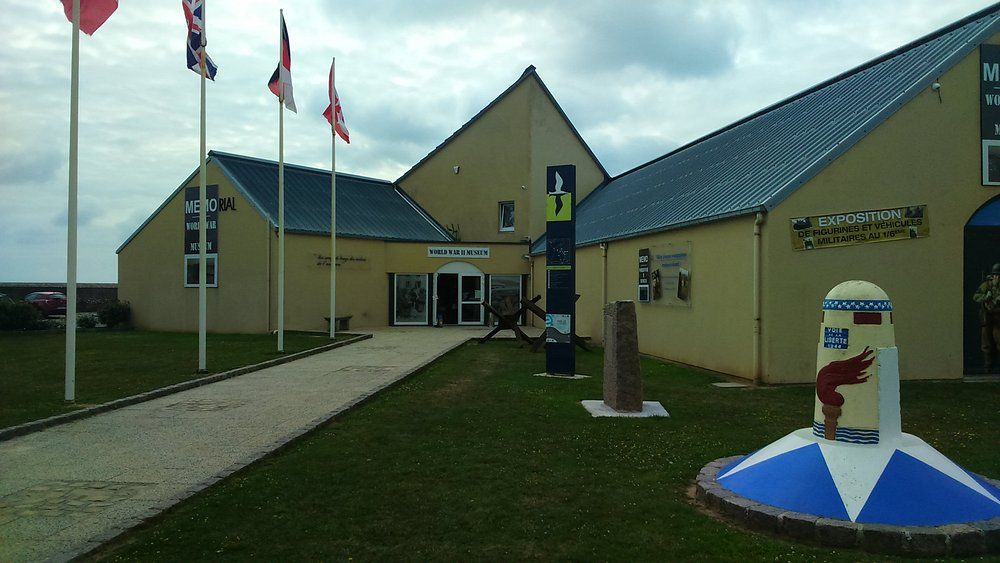The Batterie d’Azeville stands as one of the most remarkable German artillery positions along the Normandy coast. Built between 1942 and 1944 by the Todt Organization, this impressive fortification sits just a few miles inland from Utah Beach and north of the historic town of Sainte-Mère-Église. When you visit the Azeville Battery, you’ll discover a perfectly preserved piece of the Atlantic Wall that offers an authentic glimpse into Nazi Germany’s desperate attempts to prevent an Allied invasion.
As you explore this fascinating site, you’ll find four massive concrete casemates that once housed powerful 105mm French-made Schneider guns. What makes this battery special is how well it’s been preserved and the excellent visitor experience with audio guides that bring the stories of both the German occupiers and the American liberators to life. Unlike some crowded D-Day sites, here you might find yourself alone among the concrete giants, free to imagine the terrible fury that erupted when American forces battled to neutralize this threatening position in June 1944.
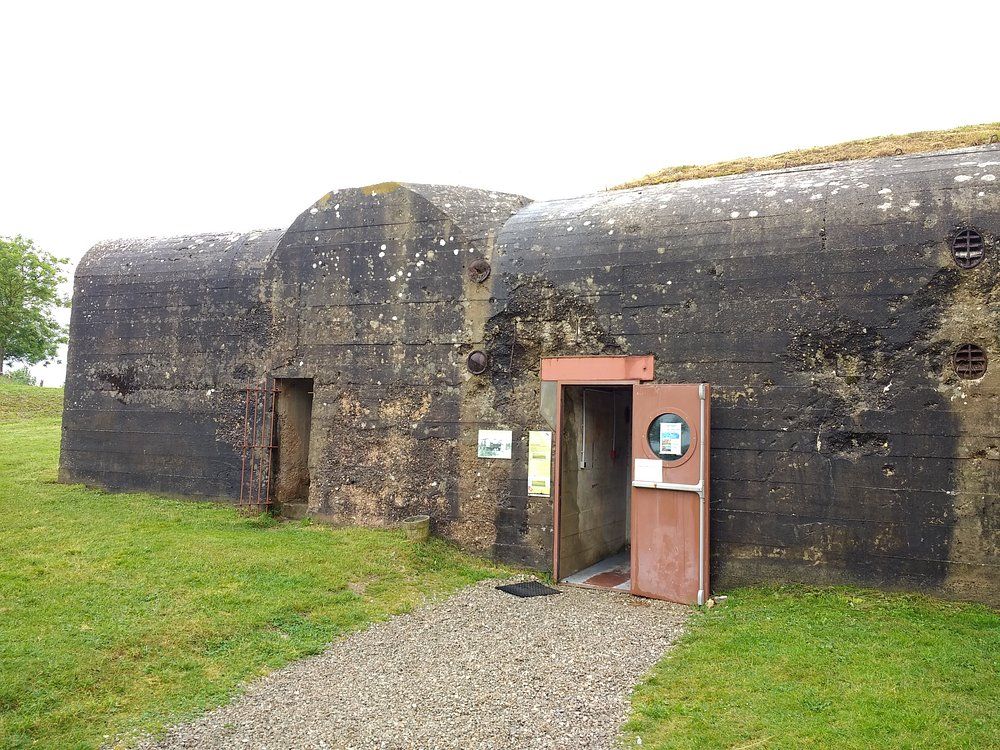
Batterie d’Azeville
Located in Normandy, France, the Batterie d’Azeville stands as a remarkable WWII historical landmark. This German artillery battery played a significant role during the D-Day invasions in 1944. You can explore the impressive concrete fortifications that were part of Hitler’s Atlantic Wall defenses.
What makes this site special is the extensive network of underground tunnels stretching about 300 meters. The audioguided tour lets you wander through these passageways at your own pace. You’ll get fascinating insights into both military strategy and daily life at the battery.
Your visit includes an exhibition about the German garrison and their interesting relationship with local French residents. The stories of this complex coexistence add a human dimension to the military history. Kids will appreciate that there’s a special audio version designed just for them.
The audioguides come in seven languages including English, German, and Spanish, making this an accessible site for international visitors. You’ll find this battery offers a less crowded but equally informative alternative to some of Normandy’s more famous D-Day sites.
Rating: 4.6 (1804 reviews)
Location: 50310 Azeville, France
Contact: +33 2 33 40 63 05
Website: Visit Website
Historical Significance of Batterie d’Azeville
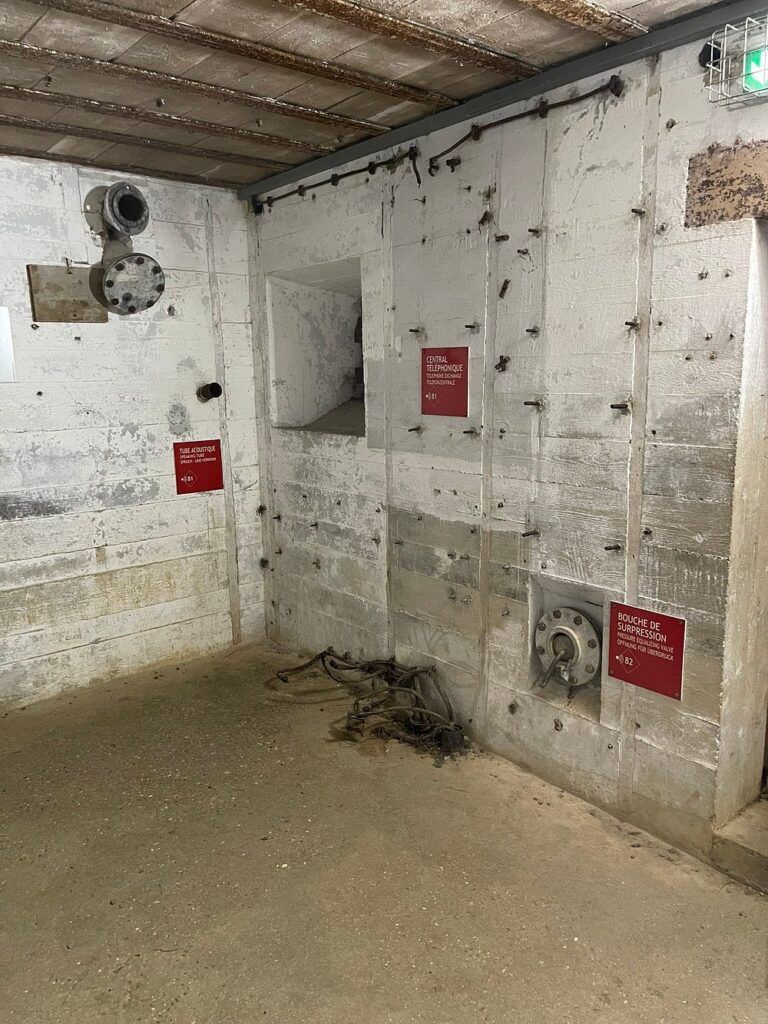
The Azeville battery stands as a crucial piece of World War II history on the Normandy coast. This impressive fortification represents one of the earliest Atlantic Wall installations and played a strategic role during the German occupation of France and the subsequent Allied invasion.
World War II Context
Construction of the Azeville battery began in 1941, making it one of the first Atlantic Wall defensive positions built in France. The Germans recognized the strategic importance of this location, just 4 km from Gougins beach (Saint-Marcouf) on the eastern coast of the Cotentin Peninsula.
The battery featured four powerful casemates equipped with 105mm Schneider guns. These weren’t ordinary fortifications – they were built to last, with concrete walls designed to withstand heavy bombardment.
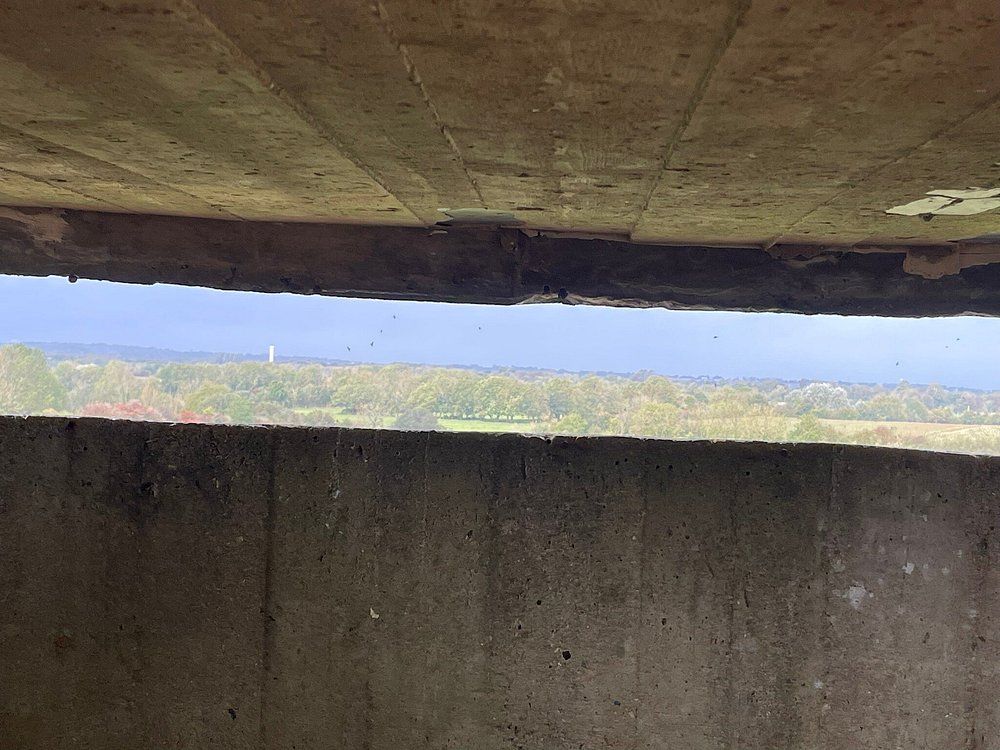
A garrison of 170 German soldiers manned this position. You can still see their living quarters, ammunition storage, and command posts when you visit today.
The battery formed an essential part of Hitler’s “Atlantic Wall” – the massive coastal defense system stretching from Norway to Spain. This defensive line was meant to prevent an Allied invasion of Nazi-occupied Europe.
Role in D-Day Operations
When Allied forces landed on Normandy beaches on June 6, 1944, the Azeville battery was fully operational and posed a serious threat. Its guns could fire on Utah Beach and surrounding areas, potentially causing devastating casualties among landing forces.
Allied planners knew they needed to neutralize these coastal batteries quickly. Air raids targeted Azeville before D-Day, but the reinforced concrete structures largely survived these attacks.
After the landings, American forces engaged in intense fighting to capture the battery. The German garrison fought stubbornly for several days before finally surrendering.
You can still see evidence of this fierce battle when you tour the site today. Shell impacts and bullet holes mark the concrete structures, telling the story of the desperate struggle.
The battery’s capture helped secure the Allied foothold in Normandy and contributed to the success of Operation Overlord, the beginning of Nazi Germany’s defeat in Western Europe.
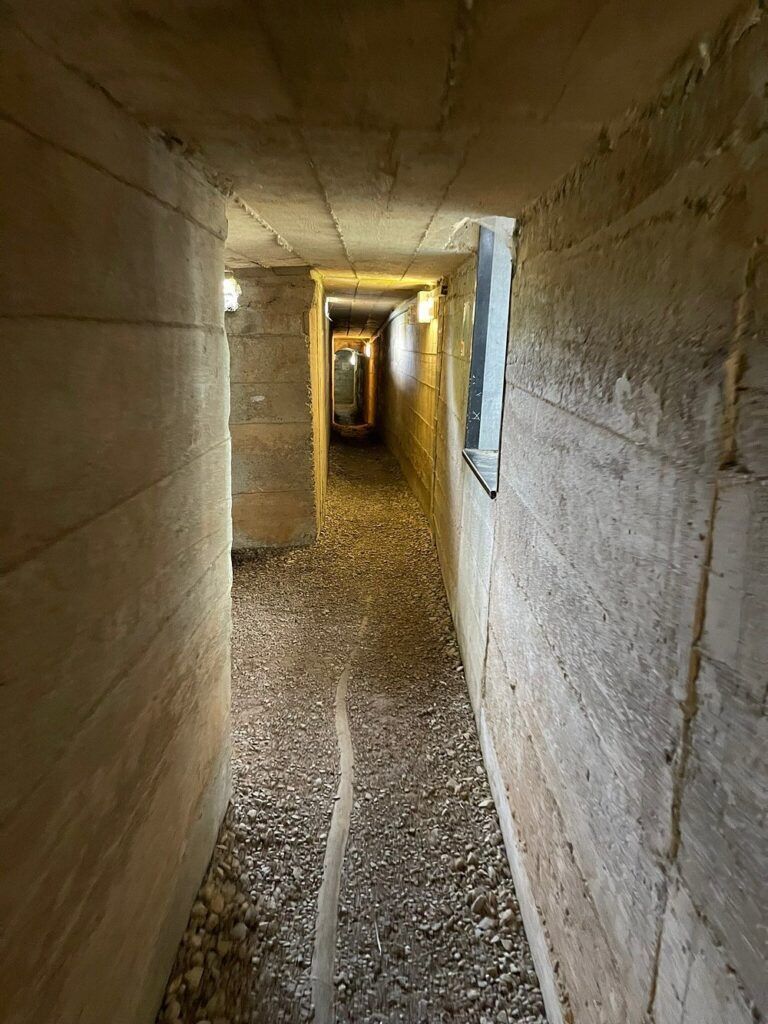
Architecture and Design
The Azeville battery showcases distinctive German military engineering with its interconnected bunker system and defensive features. Built as part of the Atlantic Wall defensive line, this coastal artillery position demonstrates how the Germans adapted construction techniques to local conditions while maintaining their standardized defensive principles.
Bunker Layout
The battery consists of four main bunkers housing 105mm guns, a design that sets it apart from other Atlantic Wall installations you’ll encounter in Normandy. What makes Azeville unique is how the bunkers connect through an elaborate 350-meter underground tunnel system. This network allowed German soldiers to move between positions without exposing themselves to enemy fire.
Unlike typical concrete bunkers, the Azeville structures were ingeniously camouflaged. The Germans incorporated local stone into the external faces of the bunkers, helping them blend into the Norman countryside. This camouflage technique was so effective that Allied reconnaissance initially underestimated the battery’s strength.
The living quarters inside provided accommodations for approximately 170 soldiers. You’ll notice the bunkers have remarkably thick walls—some reaching up to 2 meters—designed to withstand heavy bombardment.
Defense Mechanisms
Azeville’s defenses extended well beyond its gun emplacements. The battery featured multiple Tobruk positions (small defensive fighting positions) with distinctive ladder access rather than the stairs found at other Atlantic Wall sites. These positions allowed soldiers to operate machine guns with a 360-degree field of fire.
The perimeter protection included extensive minefields and barbed wire entanglements designed to slow any infantry assault. Anti-aircraft guns were strategically positioned to protect against air attacks, which became crucial during the D-Day operations.
The engineering included sophisticated life-support systems. You’ll find evidence of filtered air systems that would have protected the garrison against chemical attacks. The battery also had its own power generation capabilities and water supplies, making it a self-contained fortress designed to continue fighting even if cut off from support.
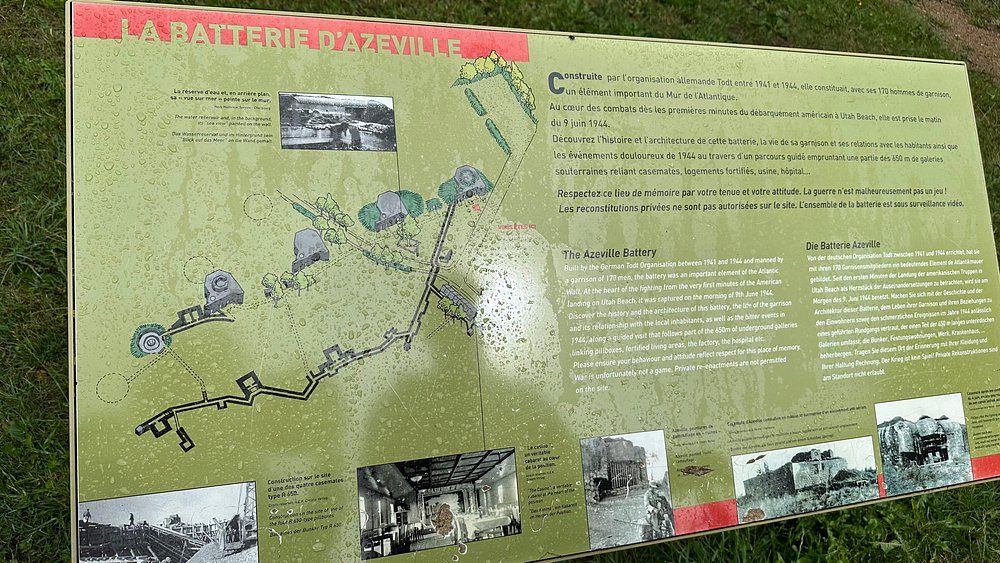
Visiting Batterie d’Azeville Today
The Azeville Battery offers visitors a unique glimpse into World War II history with its extensive underground network and well-preserved bunkers. You can explore this fascinating historical site through self-guided audio tours that bring the past to life.
Tour Highlights
When you visit Batterie d’Azeville, you’ll have the opportunity to walk through 300 meters of underground passages that once connected the battery’s various components. These narrow corridors offer a genuine sense of what life was like for German soldiers stationed here during the war.
The tour takes you inside ammunition bunkers where massive artillery shells were once stored. You’ll also see Tobrouks (small defensive positions) and the personnel shelters where soldiers lived.
What makes the experience special is the audio guide, which provides detailed information as you move through the site. You’ll learn about the specific operations of this coastal defense battery and get insights into daily military life.
Visitor Information
The Azeville Battery is open daily from 10:00 AM to 6:00 PM during the main season. Last entry is at 5:00 PM. During peak summer months, hours may extend to 7:00 PM.
Admission includes an audio-guided tour that allows you to explore at your own pace. The audio guide is essential for understanding the site’s significance and features.
Plan to spend about two hours here to fully appreciate the battery and its history. The site is mostly accessible through underground passages, so wear comfortable shoes. Also, bring a light jacket as the tunnels can be cool.
Photography is permitted throughout the site. There are informational panels in multiple languages to supplement the audio tour.
Check the official Batterie-Azeville website for the most current information on ticket prices and seasonal hours.

